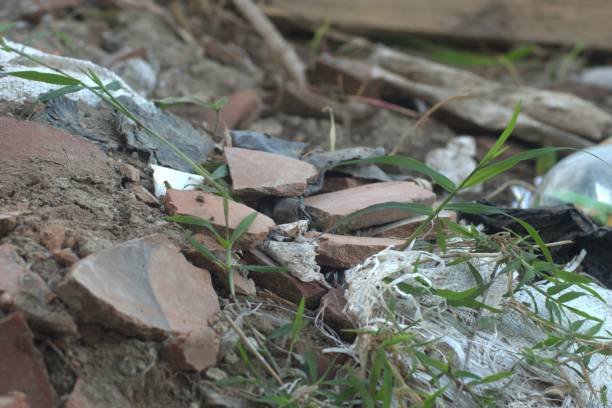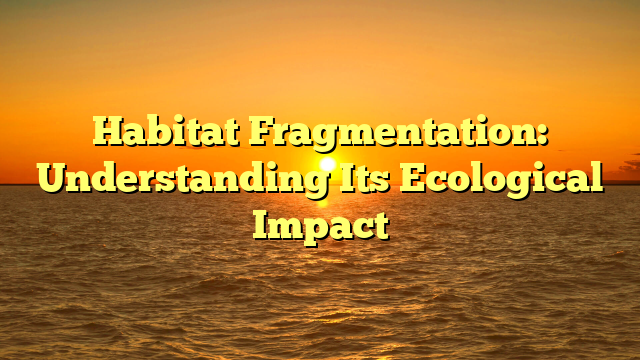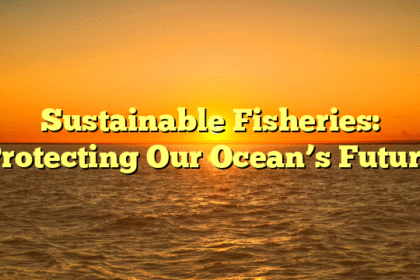Habitat Fragmentation
Habitat fragmentation is among the most urgent environmental problems with our time. With pure ecosystems more and more disrupted by human exercise, understanding the implications of those modifications has by no means been extra vital. From shrinking forests to divided wetlands, the consequences of habitat fragmentation resonate throughout biodiversity, ecology, and conservation efforts. On this article, we’ll discover habitat fragmentation, its causes, penalties, and potential options.
What’s Habitat Fragmentation?

Habitat fragmentation refers back to the course of whereby bigger, steady habitats are divided into smaller, remoted sections resulting from varied forces comparable to city improvement, agriculture, and street building. The ensuing patches are sometimes disconnected from one another, making it troublesome for species emigrate, reproduce, and preserve wholesome populations.
Causes of Habitat Fragmentation
City Growth
With the worldwide inhabitants anticipated to succeed in 9.7 billion by 2050, cities are increasing quickly. City sprawl typically results in the destruction of native habitats as land is cleared for housing, business areas, and infrastructure.
Agricultural Growth
The demand for meals has resulted within the conversion of forests, wetlands, and grasslands into agricultural land. This shift not solely limits the house out there for wildlife but additionally introduces pesticides and fertilizers that may hurt neighboring ecosystems.
Transportation Networks
Roads, railways, and highways can act as limitations to wildlife motion. Animals might discover it difficult to cross these pathways, leading to remoted populations which might be much less resilient to environmental modifications.
Useful resource Extraction
Mining and logging operations can decimate massive areas of habitat, resulting in fragmentation. Not solely does this take away timber and vegetation, however it additionally disrupts soil and water techniques essential for numerous species.
Ecological Impression of Habitat Fragmentation
Understanding the ecological implications of habitat fragmentation is important in preserving biodiversity and selling conservation efforts.
Lack of Biodiversity
One of the vital rapid results of habitat fragmentation is the lack of biodiversity. Remoted habitats can help fewer species as a result of they’ve much less house, fewer assets, and elevated competitors. Furthermore, sure species might go extinct just because they can’t discover mates, a phenomenon generally known as the “Allee impact.” A decline in species richness not solely diminishes the great thing about our pure world but additionally weakens ecosystems, making them much less resilient to modifications.
Disruption of Ecosystem Providers
Habitats present vital providers comparable to water filtration, carbon storage, and pollination. When these ecosystems grow to be fragmented, their capability to carry out these features is compromised. For instance, fragmented forests can result in degraded water high quality, as soil erosion will increase and vitamins are washed away. This could in the end have an effect on agriculture and human well being.
Elevated Edge Results
Fragmentation creates “edge” circumstances the place completely different habitat sorts meet. These edges can introduce invasive species, alter microclimates, and enhance predation charges, placing native species in danger. For instance, a forest’s edge might permit for the proliferation of opportunistic species like raccoons and opossums, which might outcompete or prey on much less adaptable native wildlife.
Altered Animal Conduct
Animals rely on bigger territories for foraging, mating, and migration. In fragmented habitats, they might alter their habits to deal with these modifications, resulting in elevated stress and decreased reproductive success. As an illustration, species that after thrived in open areas might discover themselves confined to smaller patches, lowering their probabilities of survival.
Penalties for Human Communities
Whereas the main focus is usually on wildlife, habitat fragmentation additionally has implications for human populations.
Public Well being Dangers
Wholesome ecosystems play an important function in sustaining public well being. The lack of biodiversity can result in a rise in illness vectors, comparable to mosquitoes, which thrive in unnatural environments with stagnant water. As these species proliferate, the chance of illness outbreaks can rise, impacting communities far and broad.
Financial Prices
Fragmentation can even result in financial losses. By degrading important ecosystem providers comparable to pollination and water filtration, communities might face rising prices associated to water remedy, pest management, and lack of tourism income. Conservation efforts can mitigate these prices by preserving pure habitats that supply helpful assets and providers.
Options to Mitigate Habitat Fragmentation
Addressing habitat fragmentation requires collective efforts from governments, organizations, and communities. Listed below are some actionable methods:
Set up Wildlife Corridors
Wildlife corridors can join fragmented habitats, permitting animals to maneuver freely between patches. By offering protected passages throughout roads and agricultural land, these corridors may also help preserve genetic range and promote species resilience.
Implement Sustainable Growth Practices
Revolutionary land-use planning may also help decrease habitat loss. Methods comparable to conservation easements, mixed-use developments, and good progress insurance policies can create a stability between improvement and conservation.
Promote Neighborhood Consciousness and Engagement
Educating communities concerning the significance of habitats and the risks of fragmentation can encourage grassroots actions in the direction of conservation. Native initiatives, comparable to group gardens and native plant restoration initiatives, not solely assist restore ecosystems but additionally foster a connection to nature.
Help Reforestation and Habitat Restoration
Restoring degraded habitats and reforesting areas may also help mitigate the consequences of fragmentation. By restoring native vegetation, ecosystems can regain their performance and supply a house for wildlife.
Advocate for Coverage Change
Efficient insurance policies are important for addressing habitat fragmentation. Advocating for stronger environmental rules, funding for conservation initiatives, and broader public help can result in important enhancements in habitat safety.
Conclusion: Taking Motion In opposition to Habitat Fragmentation
Habitat fragmentation poses a extreme menace to our planet’s biodiversity and the ecosystems we depend on. By understanding its causes and results, we will take steps to mitigate its affect. Whether or not by way of wildlife corridors, sustainable improvement practices, group training, or coverage advocacy, each motion counts within the battle in opposition to habitat fragmentation.
Collectively, we will domesticate resilient ecosystems that help each wildlife and human communities. It’s our accountability to protect these treasured habitats for future generations. As we face mounting environmental challenges, it’s essential to acknowledge the interconnectedness of all species and the ecosystems we inhabit. Solely by fostering these connections can we hope to create a sustainable future.
Name to Motion
Be a part of your native conservation group, take part in habitat restoration initiatives, and advocate for sustainable practices. Each small effort can contribute to a bigger change in combating habitat fragmentation and nurturing our planet’s well being. 🌍







